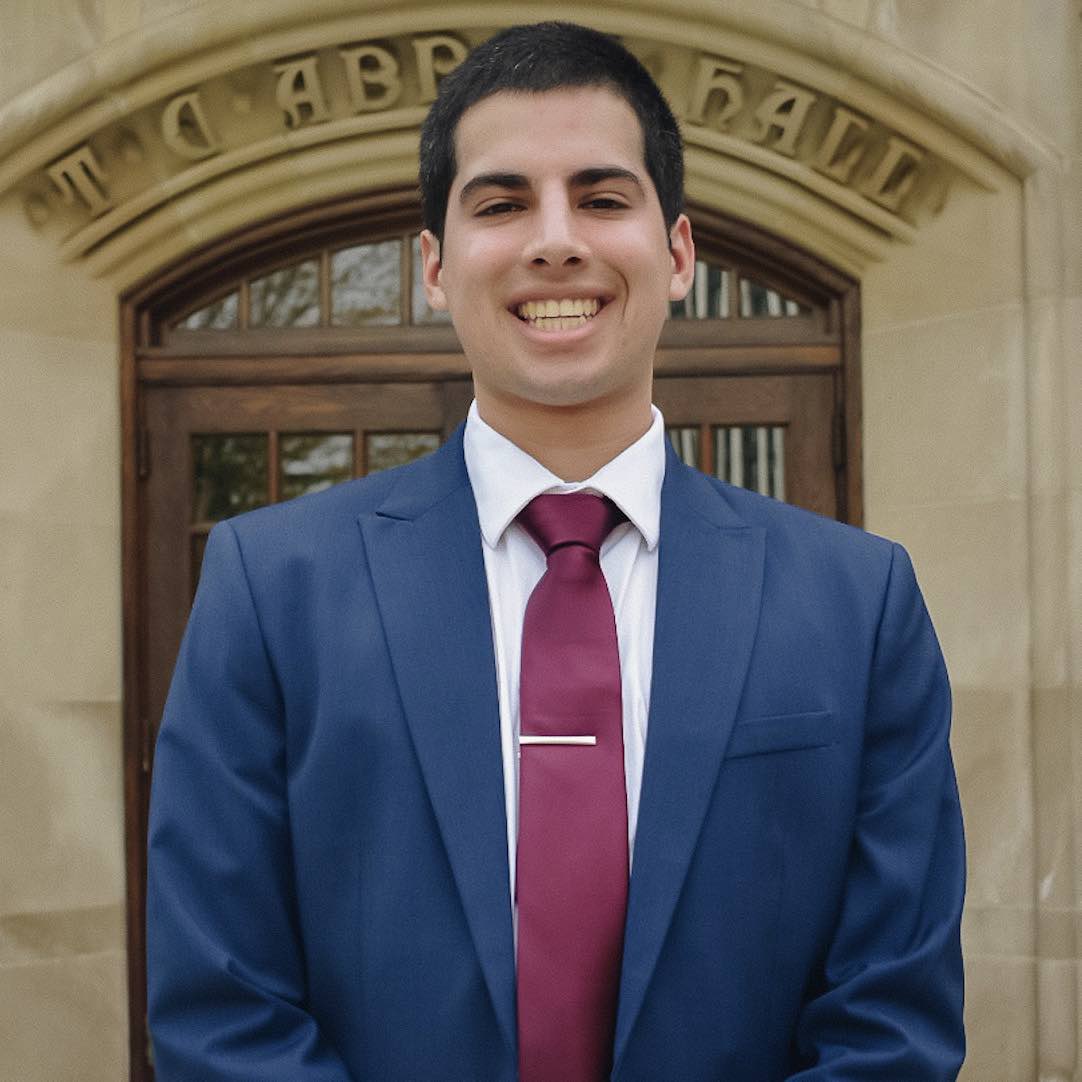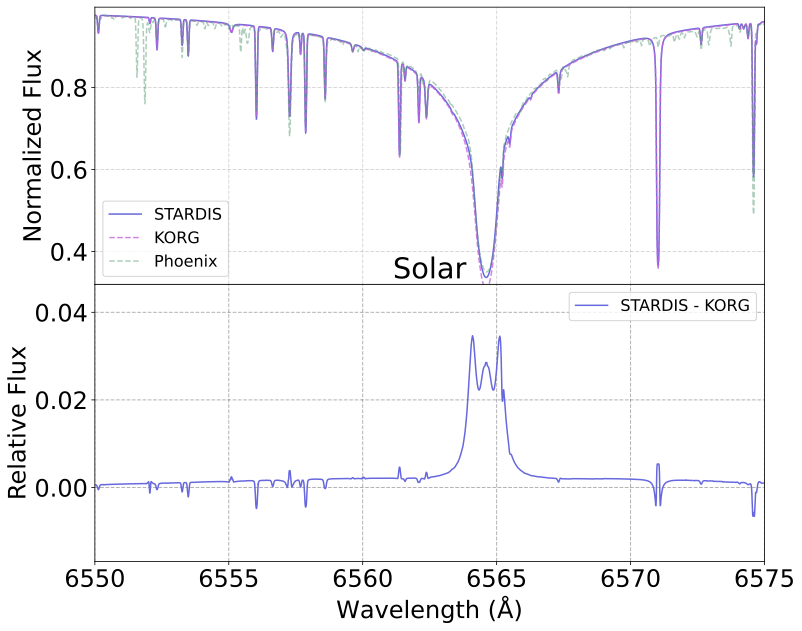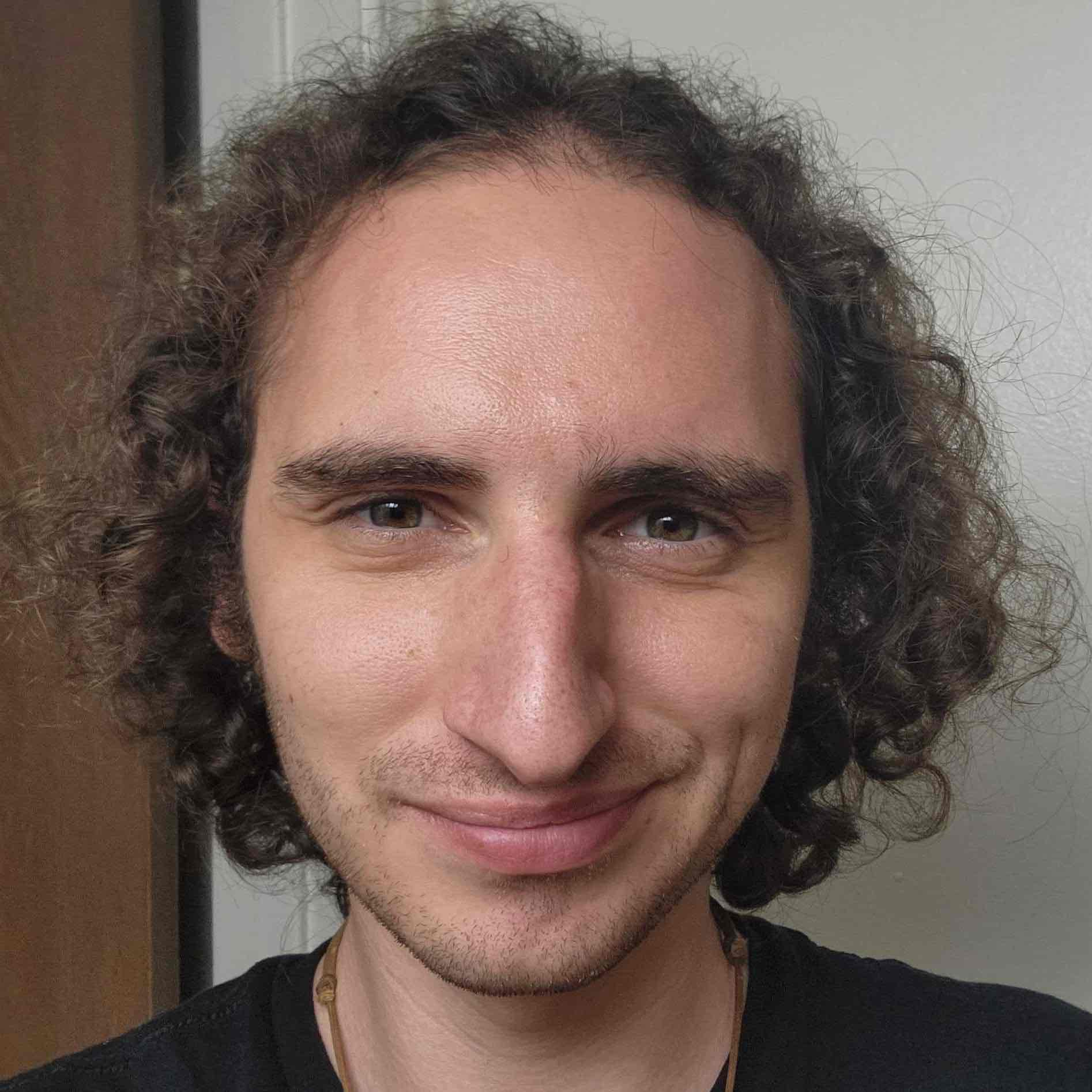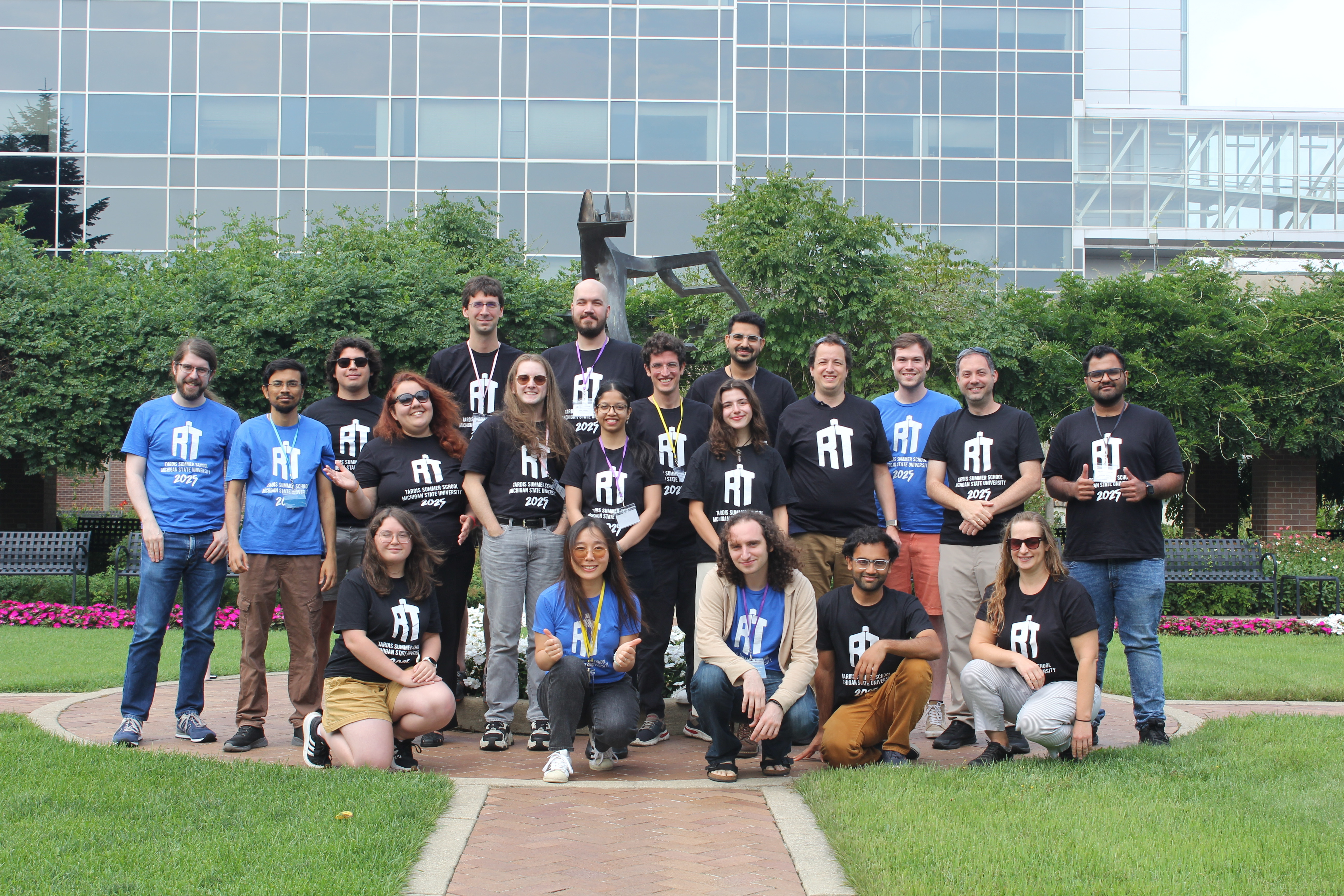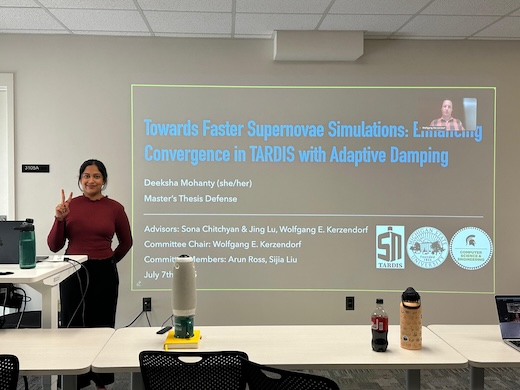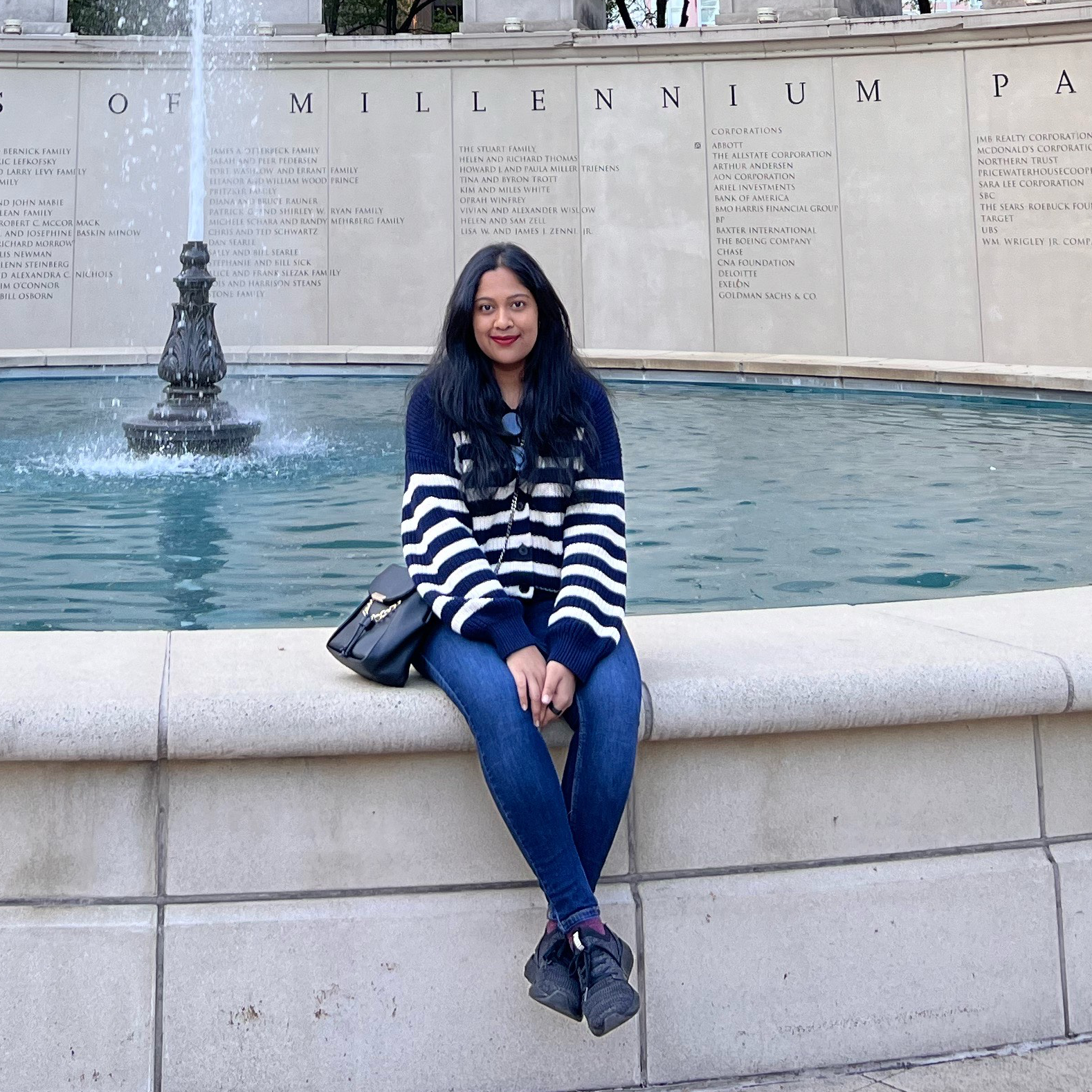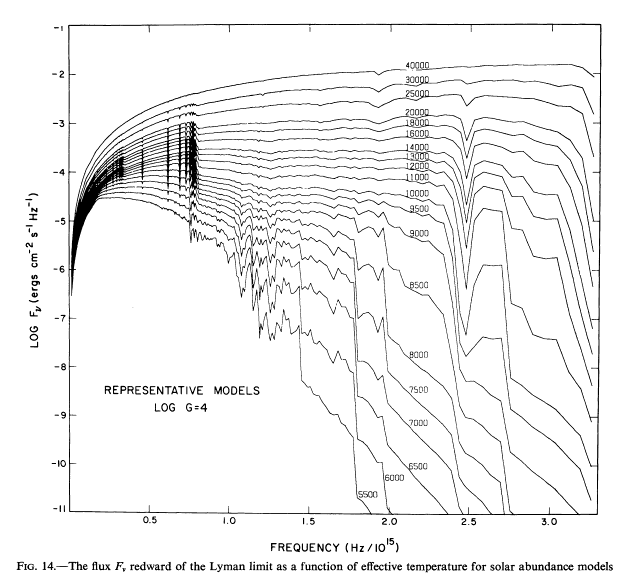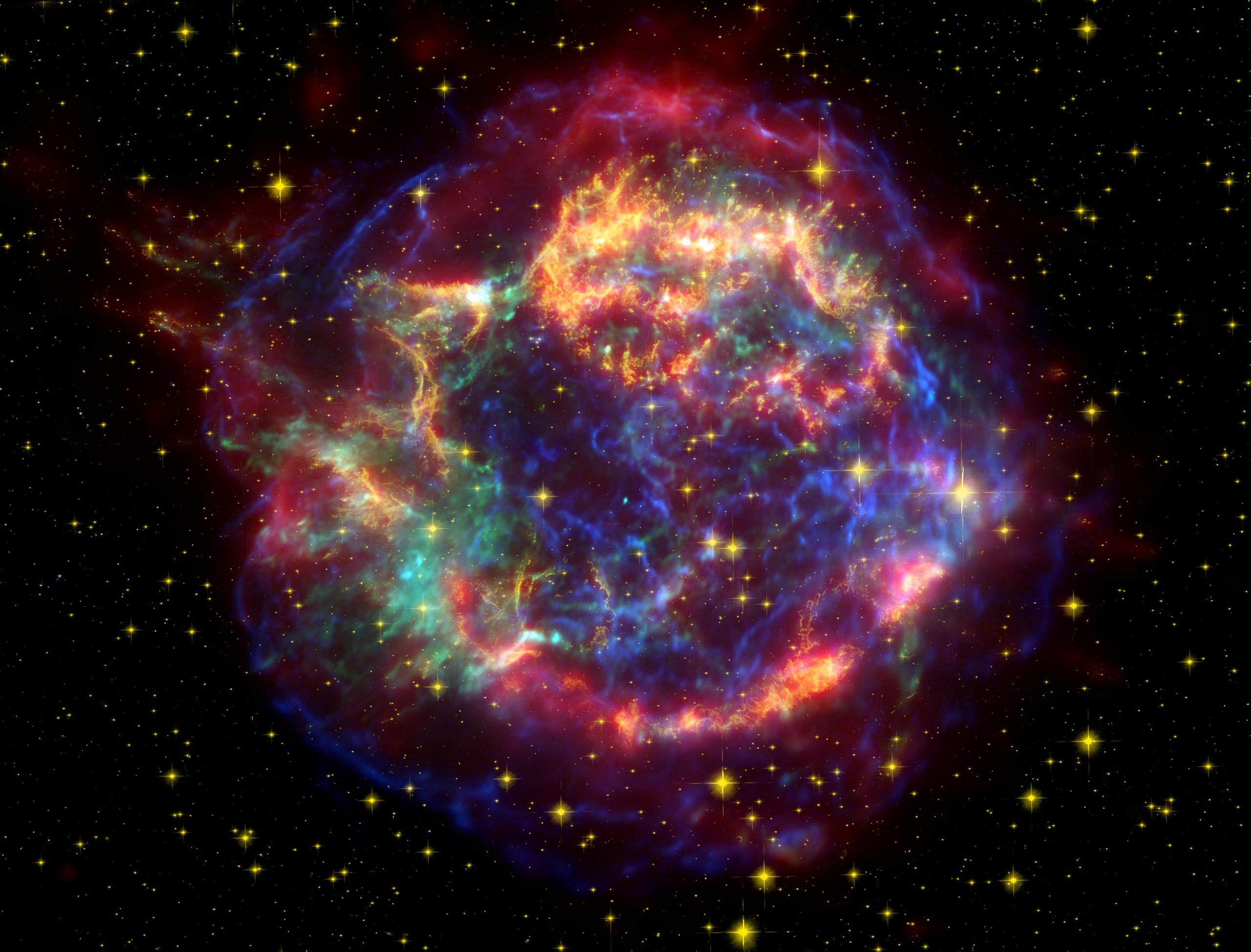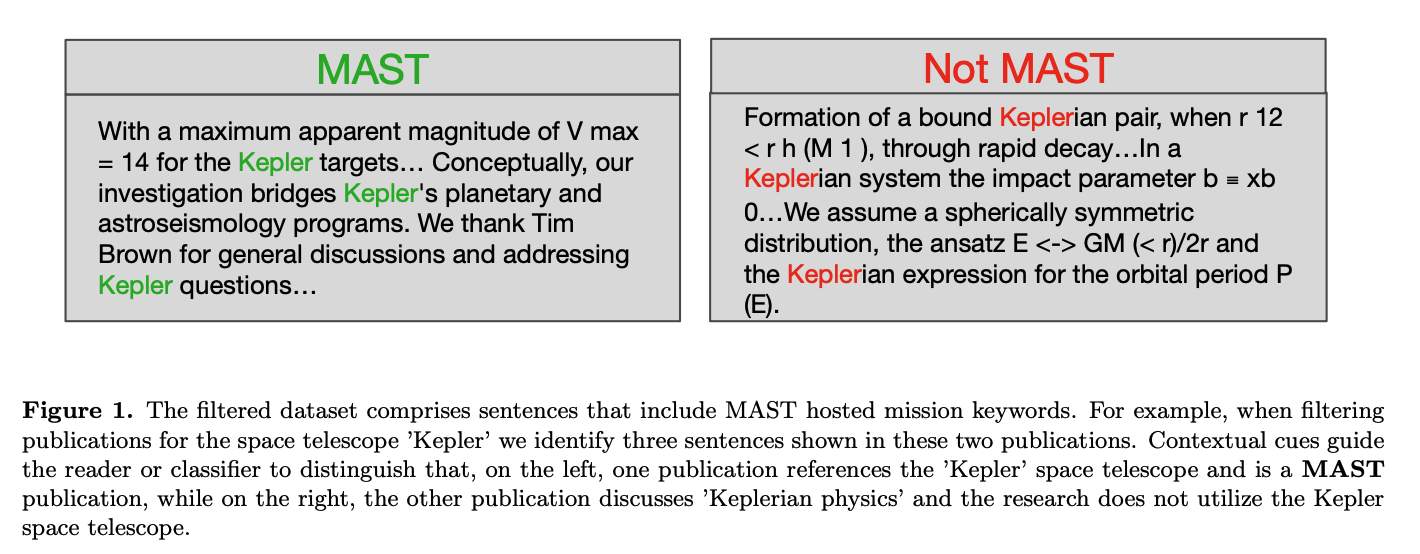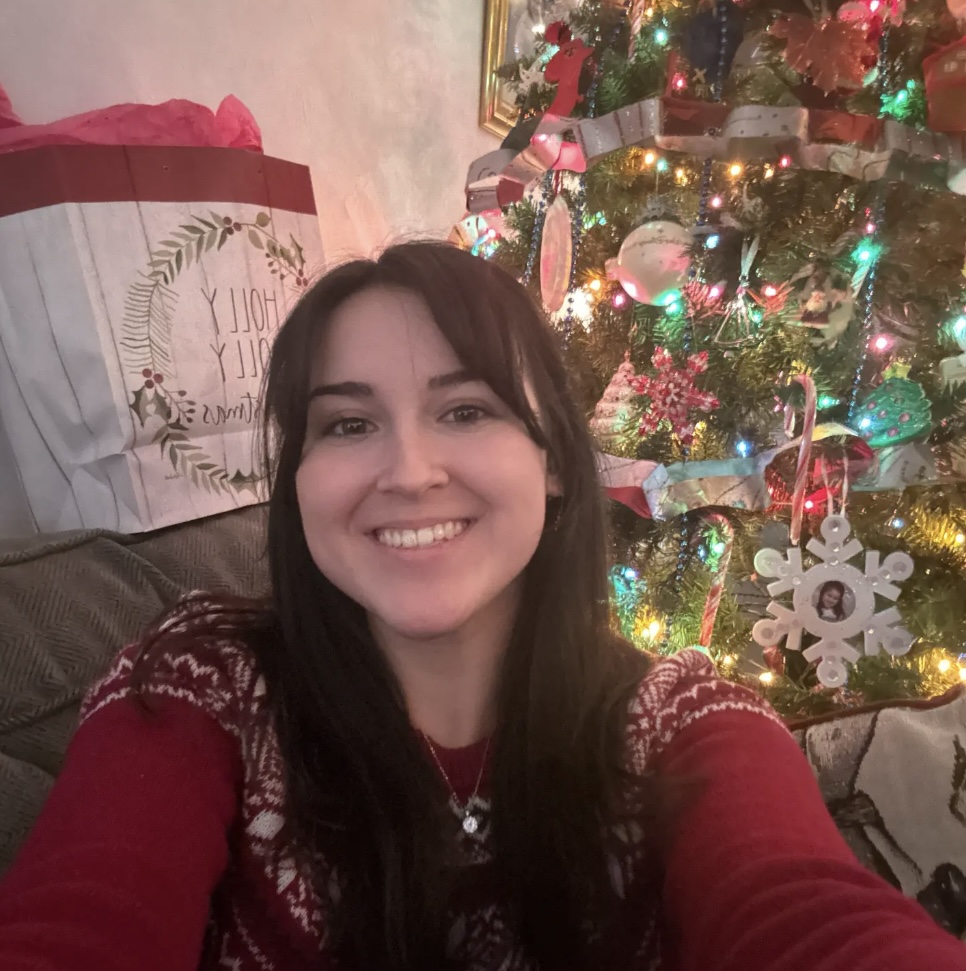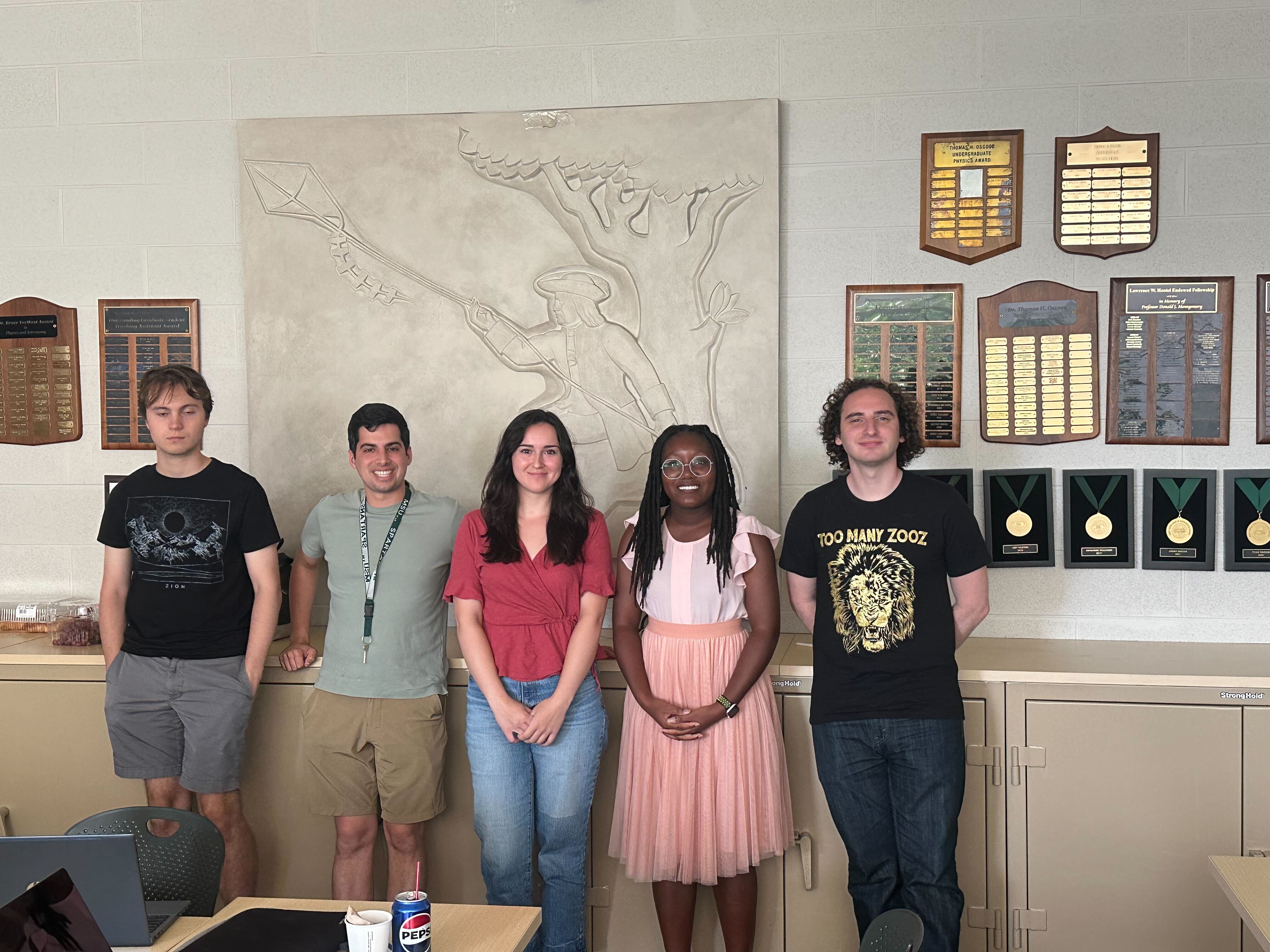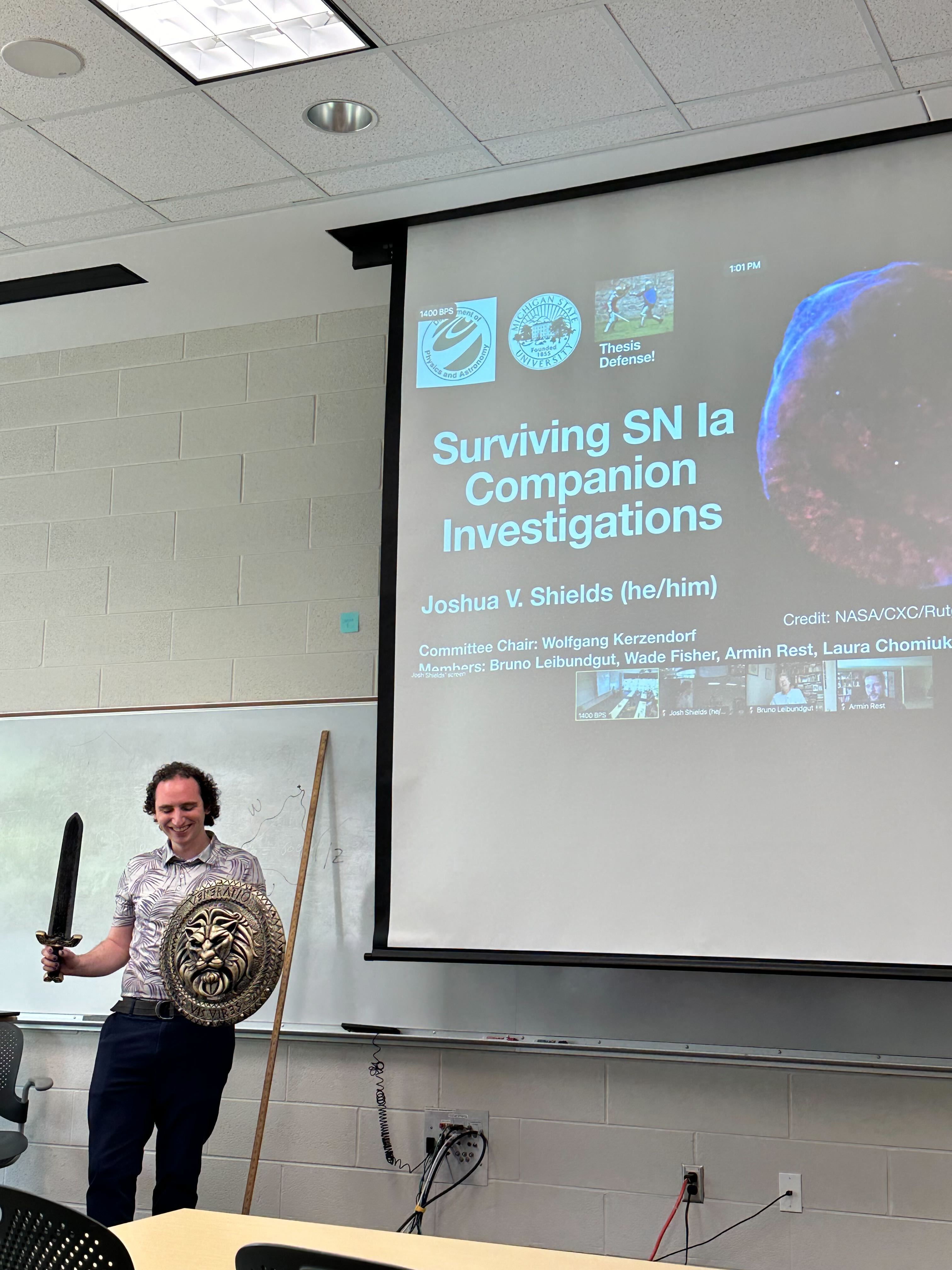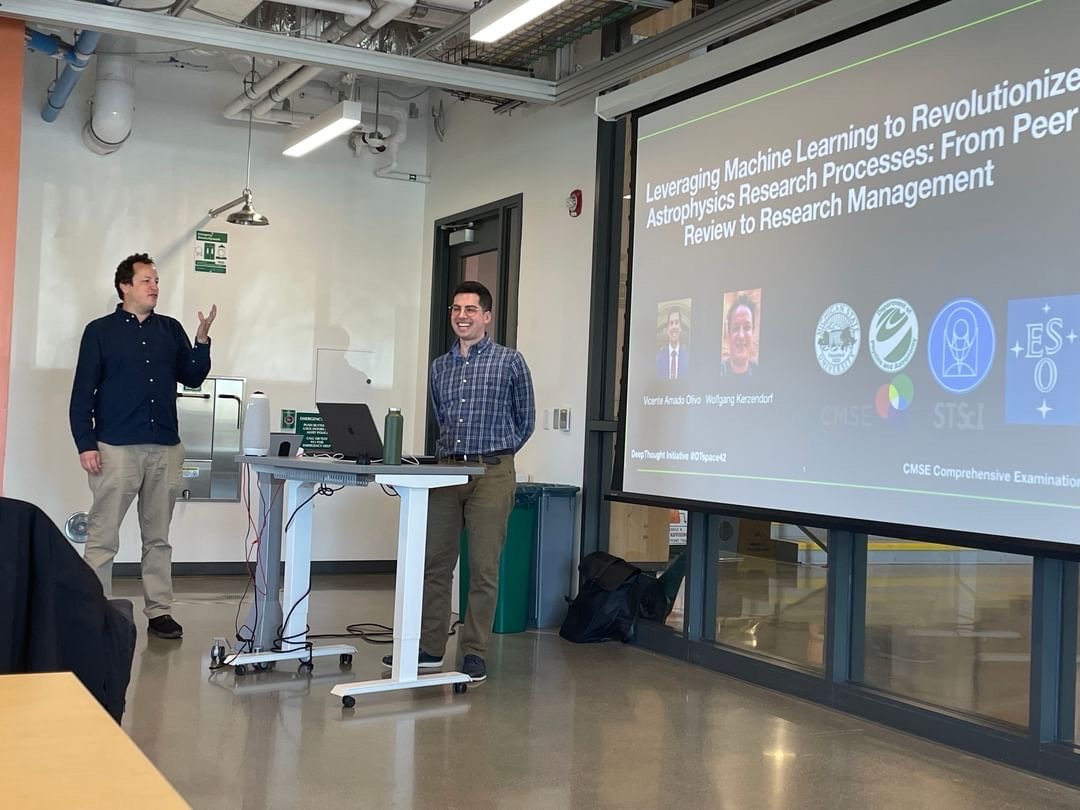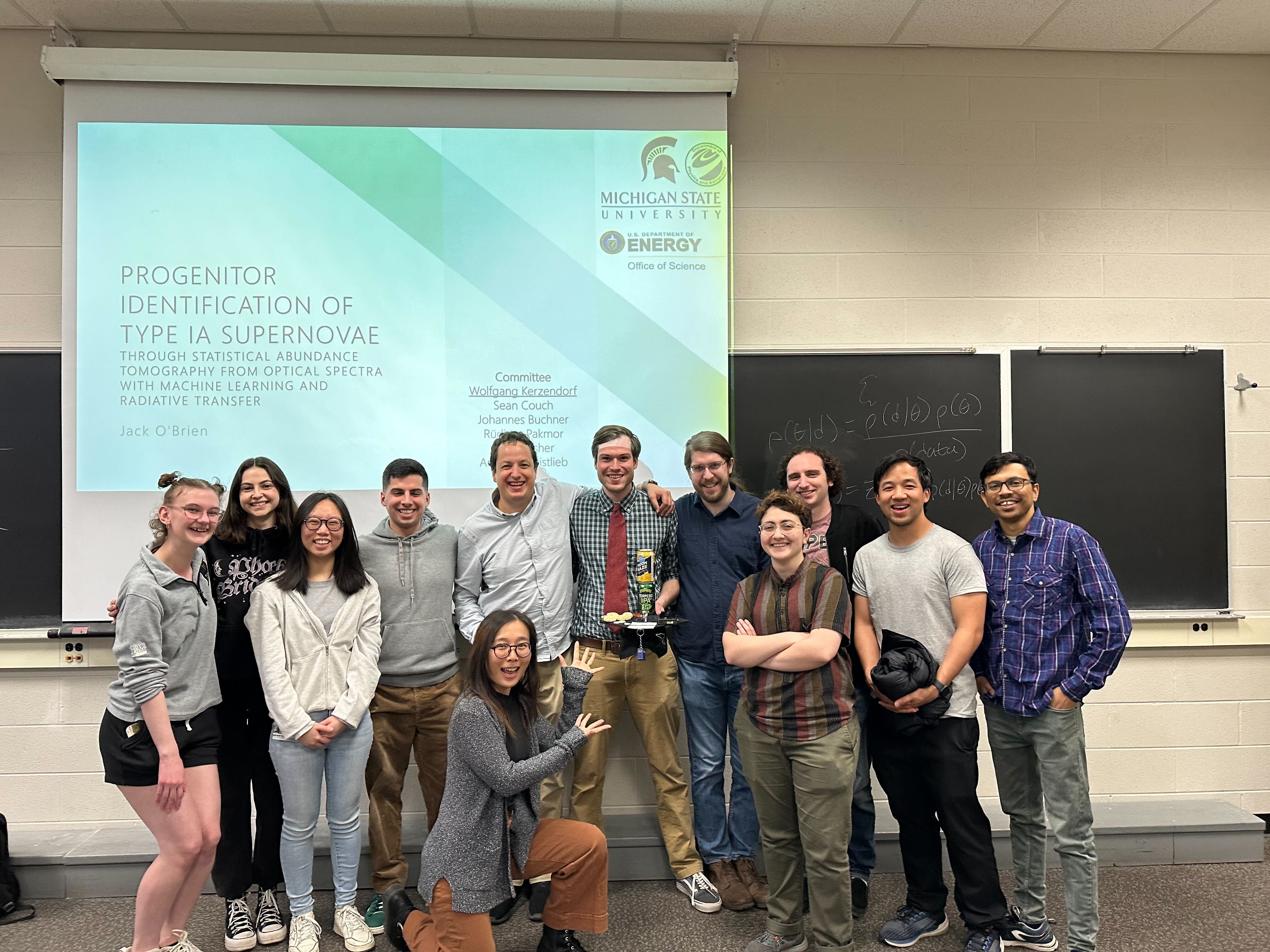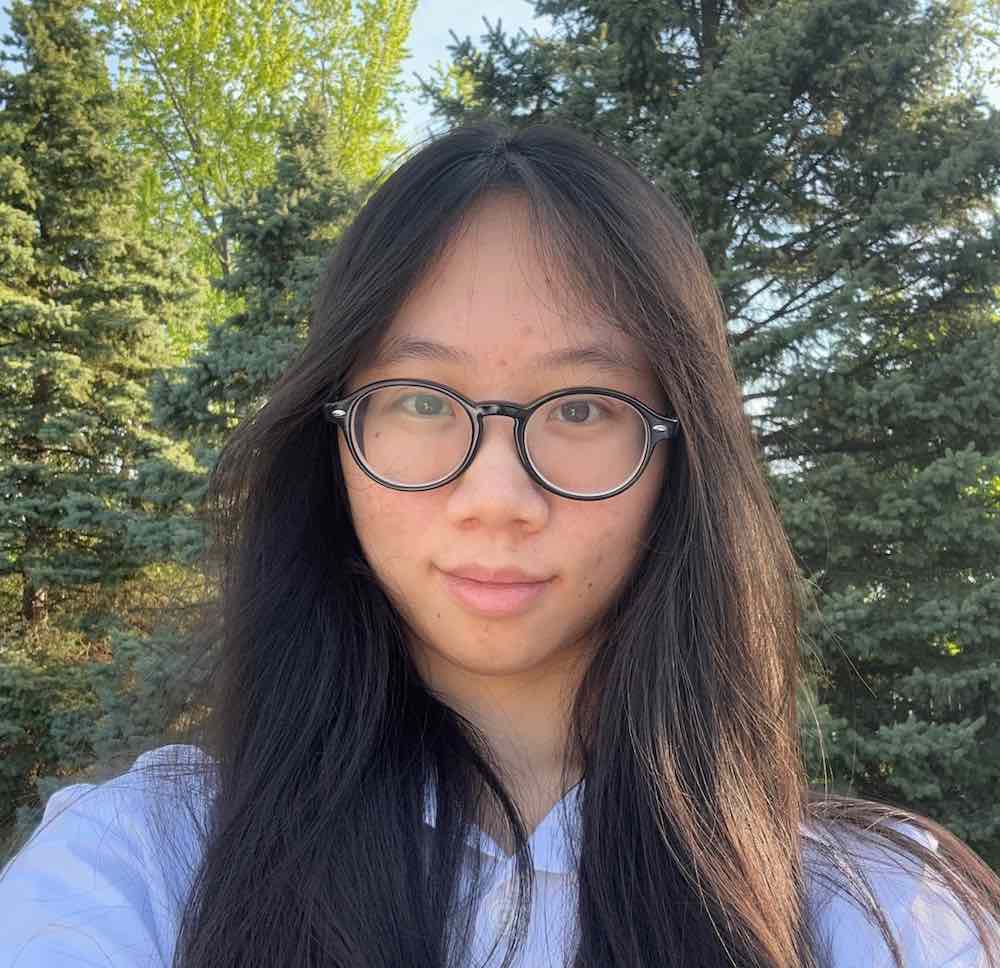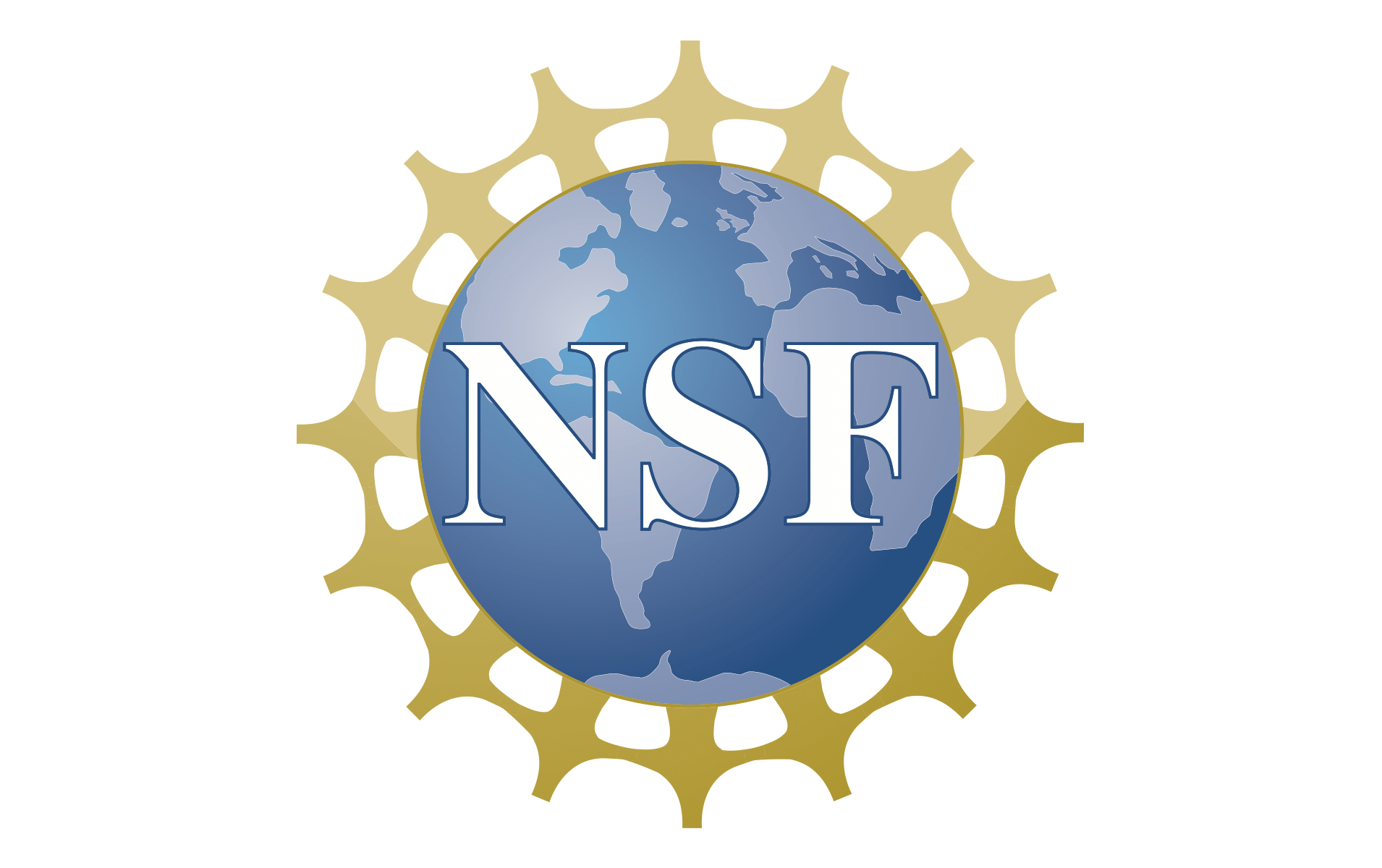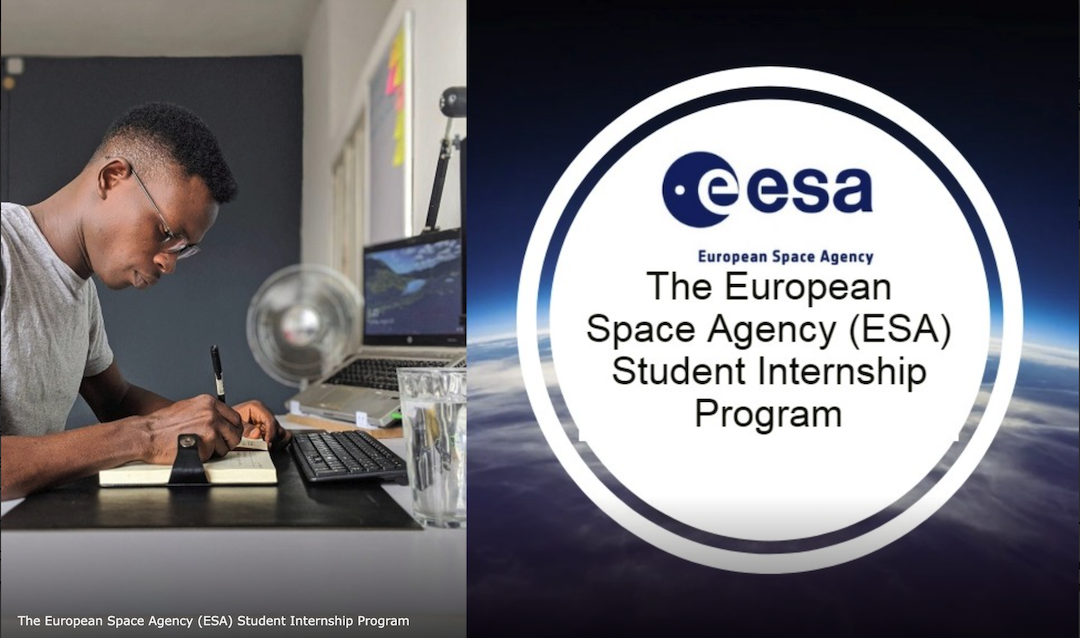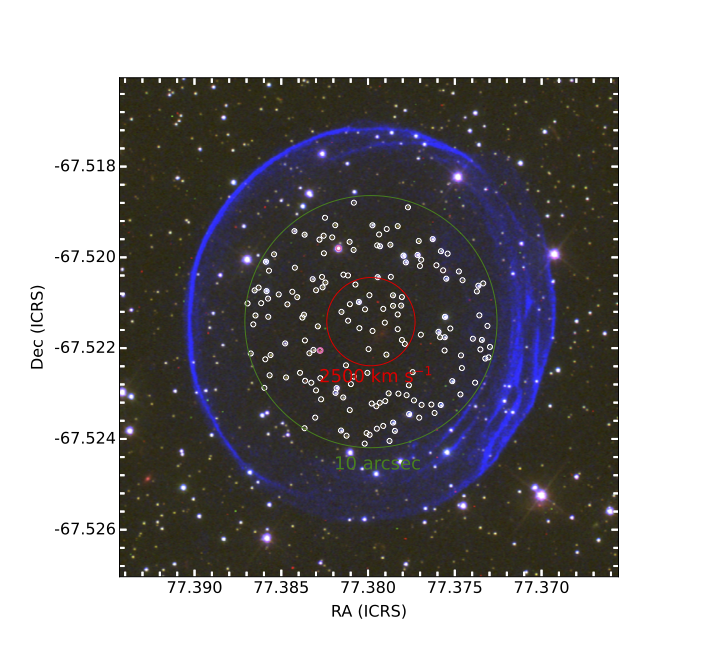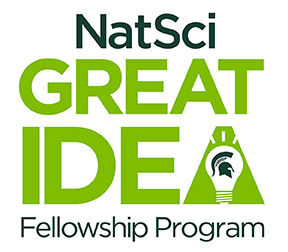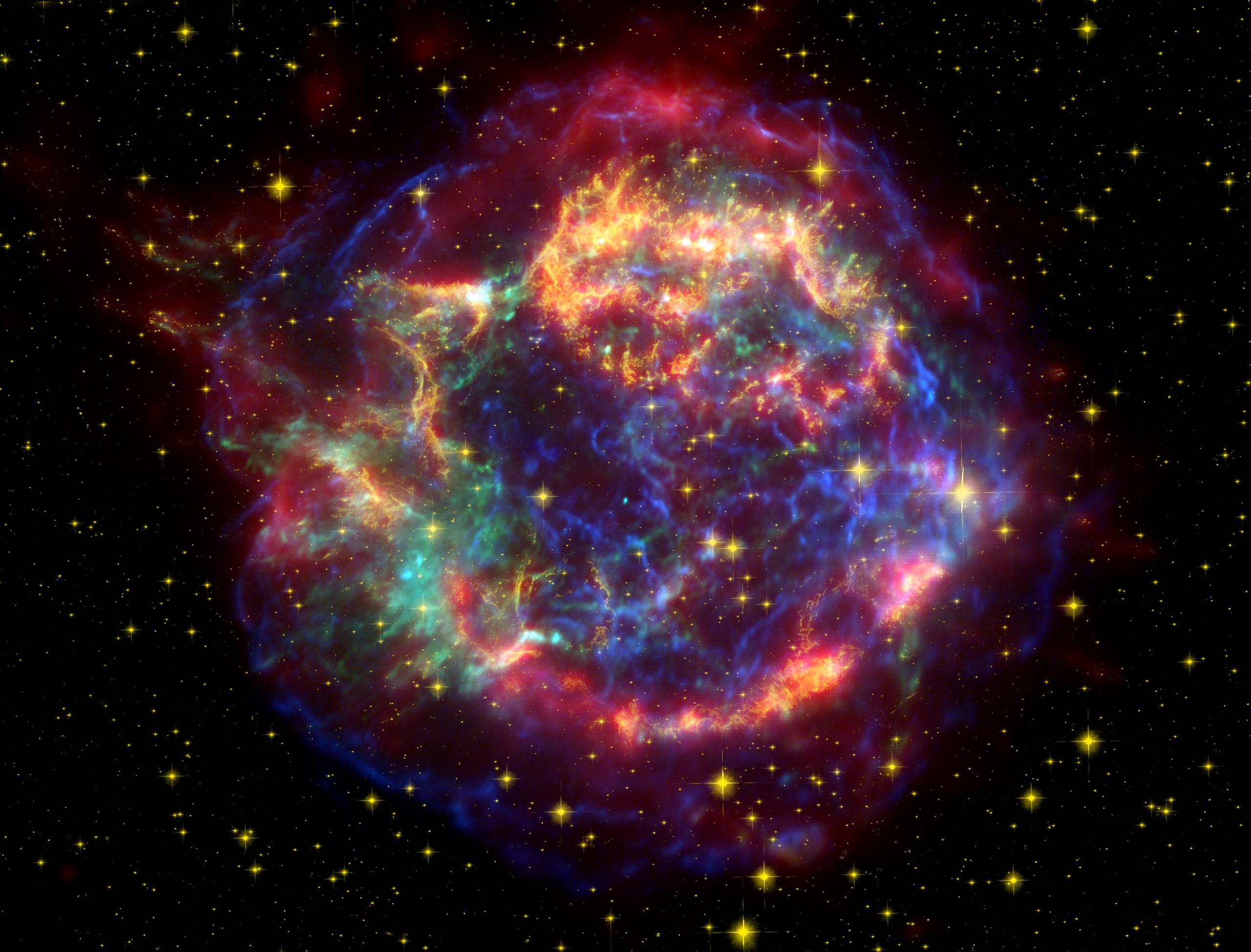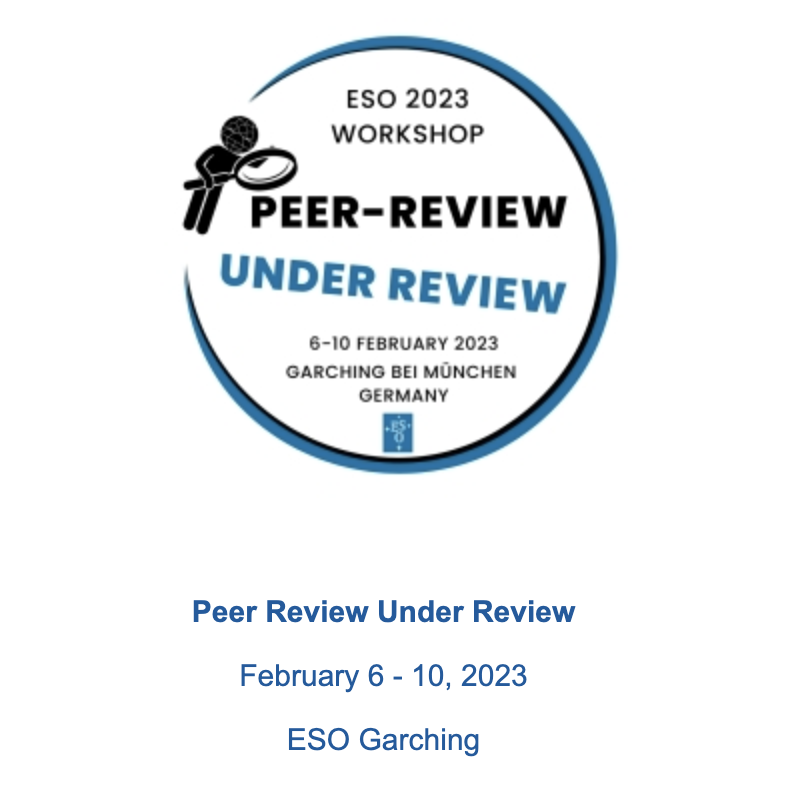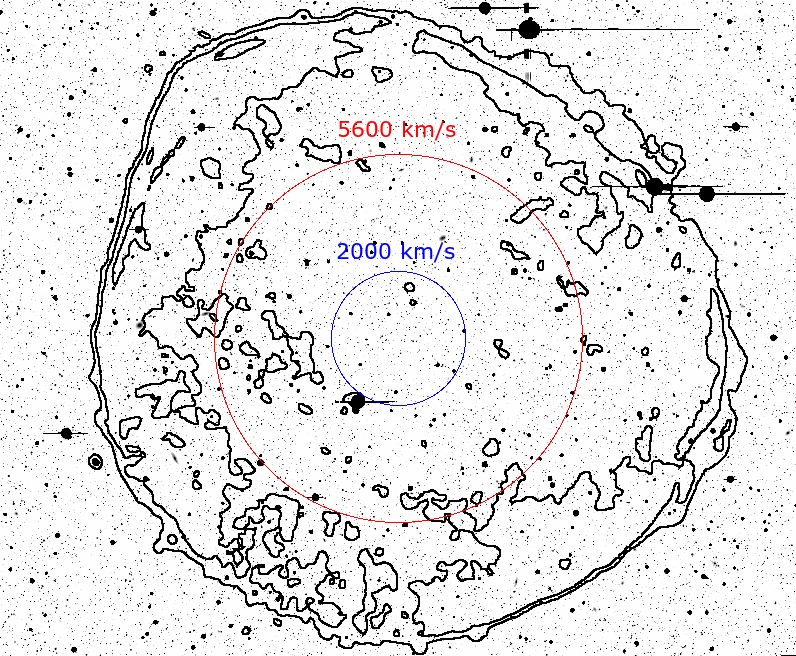Paper
Metascience
Machine Learning
Practical Author Name Disambiguation under Metadata Constraints: A Contrastive Learning Approach for Astronomy Literature
12th Dec, 2025
Paper
Astrophysics
Introducing STARDIS - An Open and Modular Stellar Spectral Synthesis Code
28th Aug, 2025
Education
Summer School
Tardis
Radiative Transfer
TARDIS Summer School 2025: Explosive Transient Radiative Transfer
15th Aug, 2025
Master'S Thesis
Talk
Deeksha Mohanty Defends Master's Thesis on Enhancing Convergence in TARDIS
07th Jul, 2025
Paper
Astrophysics
Modeling Stripped-Envelope Supernovae with Physics-Driven Framework
13th Jan, 2025
Undergraduate
Award
Conference
Our Student Gracie wins best talk at the ACRES MSU NSF Research Experiences for Undergraduates Symposium
30th Jul, 2024
Poster
Metaresearch
Conference
Vicente Amado Olivo Bridges Machine Learning and Science of Science at ICSSI
01st Jul, 2024
Phd
Astrophysics
Talk
A Dr. is Born - Josh Shields Defends Thesis on SN Ia Surviving Companions
03rd May, 2024
Phd
Metaresearch
Talk
Comprehensive Examination Announcement: Our Graduate Student Vicente becomes a PhD Candidate
02nd May, 2024
Phd
Astrophysics
Talk
Dr. Jack O'Brien Successfully Defends Thesis on Supernova Progenitor Identification
20th Apr, 2024
Undergraduate
Internship
Unveiling Earth's Secrets with AI: Our Undergraduate Benjamin Lands Oslo Internship
18th Mar, 2024
Undergraduate
Internship
From Research to Real-World Impact: Our Undergrad Bea Joins BCBSM's Analytics Center
14th Mar, 2024
Phd
Internship
Bridging the Gaps: Our PhD Student Vicente interns at ESA, Applying Machine Learning to Astrophysics Literature
15th Jun, 2023
Phd
Fellowship
Advancing IDEA in STEM: Our Graduate Yuki and her Mentor Wolfgang Earn Recognition from MSU College of Natural Science
29th Apr, 2023
Astrophysics
Grant
Collaborative Research: Unravelling Stripped Supernovae - Synergy between Observations and Modeling
19th Apr, 2023
Metascience
Conference
Peer Review Under Review - Workshop at European Southern Observatory
12th Feb, 2023
Astrophysics
Paper
Searching for a Hypervelocity White Dwarf SN Ia Companion: A Proper-motion Survey of SN 1006
10th Jul, 2022

